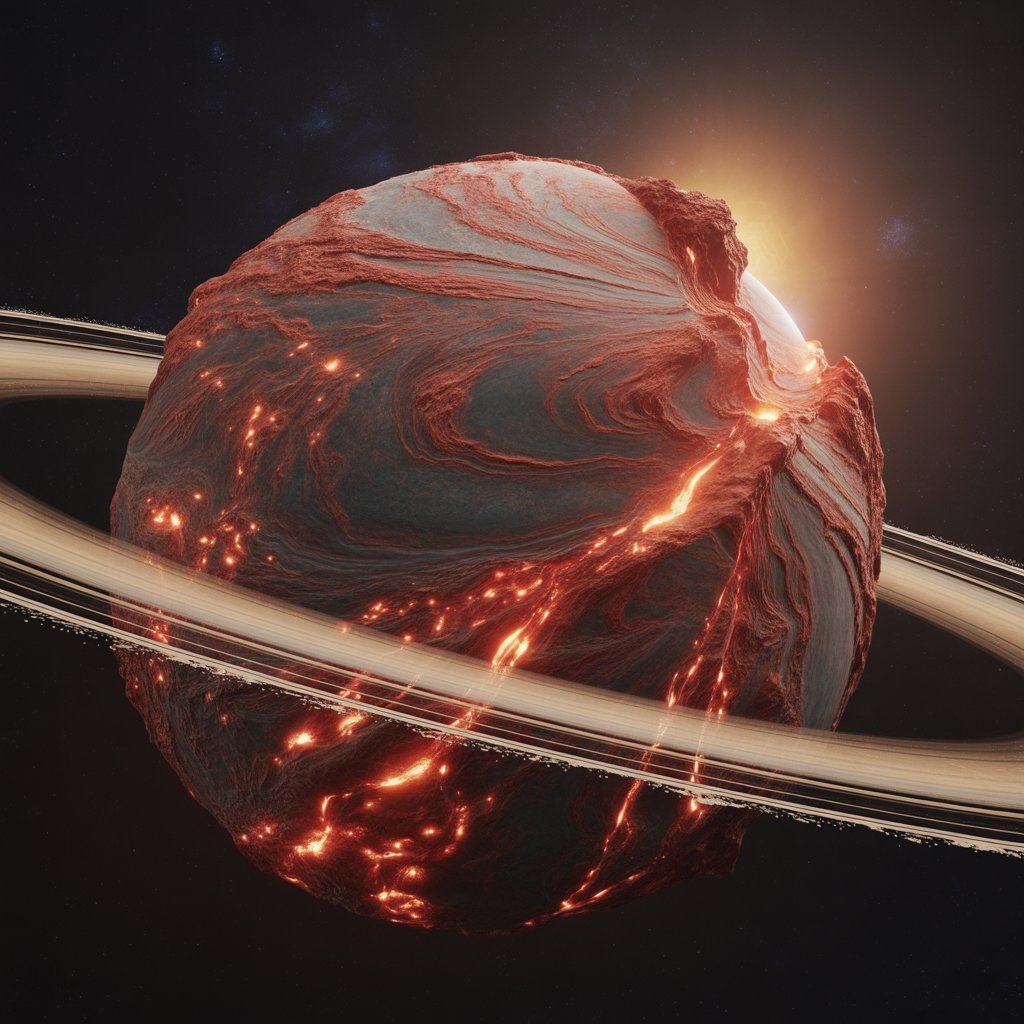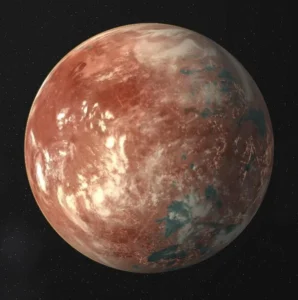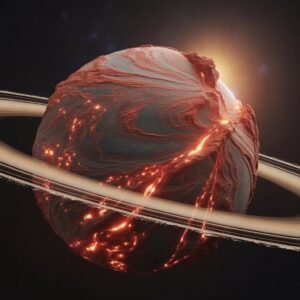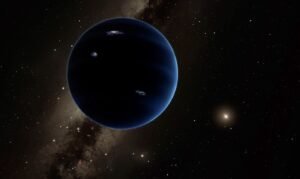In Greek mythology, Theia was one of the Titans, the sister and later wife of Hyperion, and the mother of Selene, the goddess of the Moon. This mythological narrative interestingly parallels the scientific theory regarding the planet Theia’s role in the Moon’s formation.
According to the giant impact hypothesis, Theia was a Mars-sized planetary body that orbited the Sun in a path similar to that of the proto-Earth. It likely remained near one of the Sun-Earth system’s more stable Lagrangian points (either L4 or L5). Over time, gravitational disturbances—most likely from Jupiter, Venus, or both—destabilized Theia’s orbit, eventually causing it to collide with the proto-Earth.
The size and mass of Theia are still debated. While many models suggest it was around 10% the mass of present-day Earth (roughly Mars-sized), others propose it could have been significantly larger—possibly 30% to 45% the mass of Earth—approaching the size of the proto-Earth itself.
Originally, the hypothesis proposed that Theia struck Earth at a glancing angle, ejecting debris from both bodies into orbit. This debris either coalesced into one Moon or initially formed two moons that later merged. Early models assumed that a direct, head-on collision would have destroyed both planets, potentially resulting in a short-lived asteroid belt between the orbits of Venus and Mars.
However, research published in January 2016 suggests that the impact may have been a head-on collision after all. According to this revised theory, much of Theia’s material remains on Earth and the Moon. Simulations under this scenario indicate that Theia may account for 70–90% of the Moon’s total mass, particularly in models where Theia is significantly smaller than the proto-Earth.








